Hello, you wonderful mother. Your body has done a lot during pregnancy and birth. It is now time to devote yourself to it. It doesn't matter whether you gave birth vaginally or by Caesarean section. Pregnancy and (abdominal) birth bring with them many physical changes. Your pelvic floor muscles were put under massive strain by the pregnancy.
It's a miracle what your body can do. The recovery process is just as important as preparing for the birth. If you look at yourself, you'll notice many changes. A large breast, a changed stomach and possible wounds that weren't there before. The first big step to recognizing recovery processes is to understand and perceive them.
Regression affects:
- the uterus
- the lochia
- perineal injuries/ a cesarean section scar
- the pelvic floor
- the abdominal muscles
- the attitude
- breathing
- your hormonal system
- your mental and physical well-being
Arrived in life as a mother
Expectant mothers spend months thinking about the impending birth. What comes afterward is the reality that few women talk about. That is why it is so important to point out the changed body image. For mothers with more than one child, time is shorter, but the recovery processes are all the more important. The whole world revolves around the new being. Exercises that can be easily integrated into everyday life are practical and can be implemented more quickly.
“It takes 9 months to come, 9 months to go. Give yourself and your body time and practice carefully.”
What benefits does postnatal training bring you?
In addition to the feel-good factor, there are a number of functional reasons that make good rehabilitation necessary. The pelvic floor muscles must hold back or "release" any urge to urinate or defecate. Exercises serve to strengthen and stabilize the entire body, to prevent incontinence or other prolapse problems, and to improve various complaints associated with pelvic floor weakness.
Prolapse problems do not have to appear only in old age. A lack of recovery after pregnancy and childbirth can cause them earlier. Women who have many children and do not undergo recovery are often affected by this.
“It takes 9 months to come and 9 months to go,” as the saying goes.
Be careful when doing exercises too quickly or incorrectly. Especially with postnatal exercises, too much ambition can often lead to the opposite result. Give yourself and your body time, practice carefully.
Incorporate exercises into your daily routine
Exercises that can be practiced on the wall or at the changing table can also be done outdoors while walking with a stroller. With full concentration on the correct execution and breathing technique, you can get started.
Breathe correctly: When you do your pelvic floor exercises or want to activate the pelvic floor, pay attention to the “F” exhalation. To do this, place your hands on your stomach, breathe deeply into your stomach, your stomach will rise. Breathe out slowly through your mouth, using the consonant “F”. This stimulates the muscles all by itself during exhalation.
Visualize: Sometimes it helps to visualize things so that pelvic floor exercises are successful. Think of flowers or candles that you want to blow out, going up and down a lift, or strings or ropes that you are stretching.
Be careful: when shifting your weight onto your stroller so that it doesn't tip over. Never lean on the stroller.
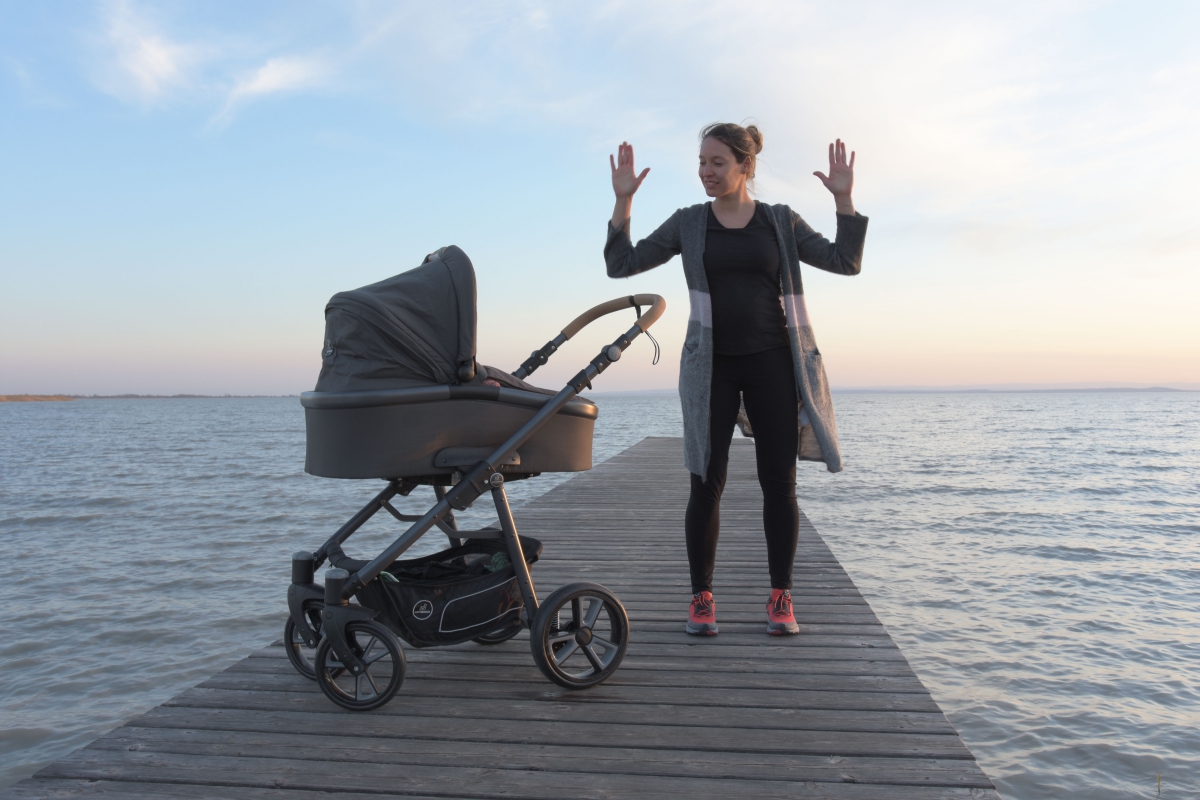
#1: Activate your muscles
With this exercise you can strengthen your chest muscles, open your shoulders and activate your pelvic floor.
- Stand upright, make sure you have a good stance
- Legs are hip-width apart, knees not fully extended
- EXERCISE A: Bring your palms together in front of your chest so that your arms are held horizontally in front of your chest.
- Now press your palms together firmly as you exhale "F" and hold the tension throughout the entire exhalation. Repeat this exercise up to 10 times.
- Exercise B : Raise your arms and open them to the sides at chest height, elbows bent at 90°.
- As you exhale, raise your arms up until your hands touch and then return to the starting position. Inhale in the starting position and start the exercise again with the next breath.
- TIP : You unconsciously do this exercise very often, every time you lift your baby up or out of somewhere. Activate your pelvic floor in everyday life too!
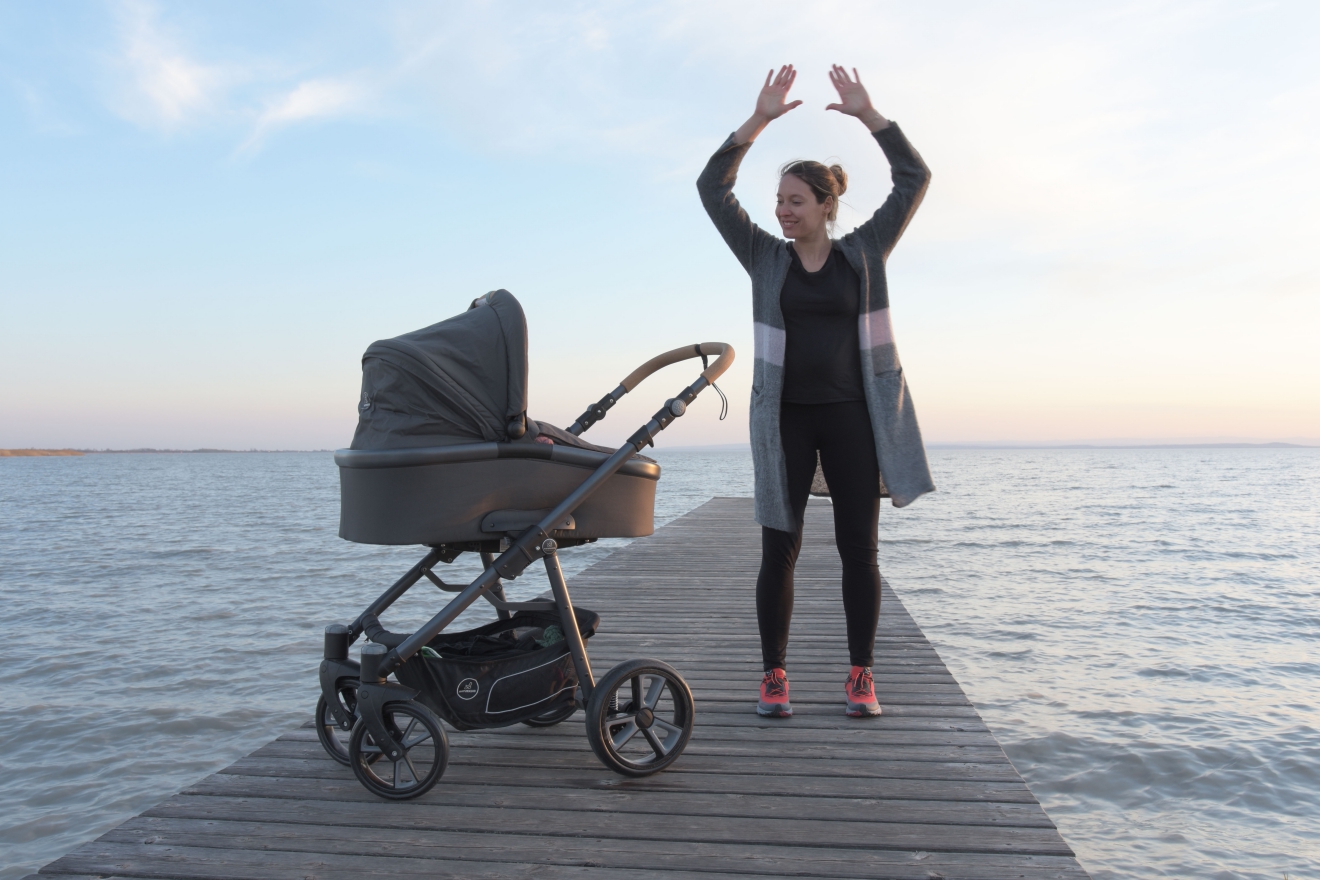
#2: Strengthen your core
With this exercise you can restore the basic tension in your pelvic floor.
- Stand upright, make sure you have a good stance
- Legs are hip-width apart at the beginning, the further you go into the straddle, the more intense the exercise (increase slowly)
- With the correct “F” exhalation, slowly go down and also slowly up again in one breath
- Breathe in while standing safely and repeat the exercise while exhaling 15 times. If you choose the advanced version with your legs crossed, repeat 10 times.
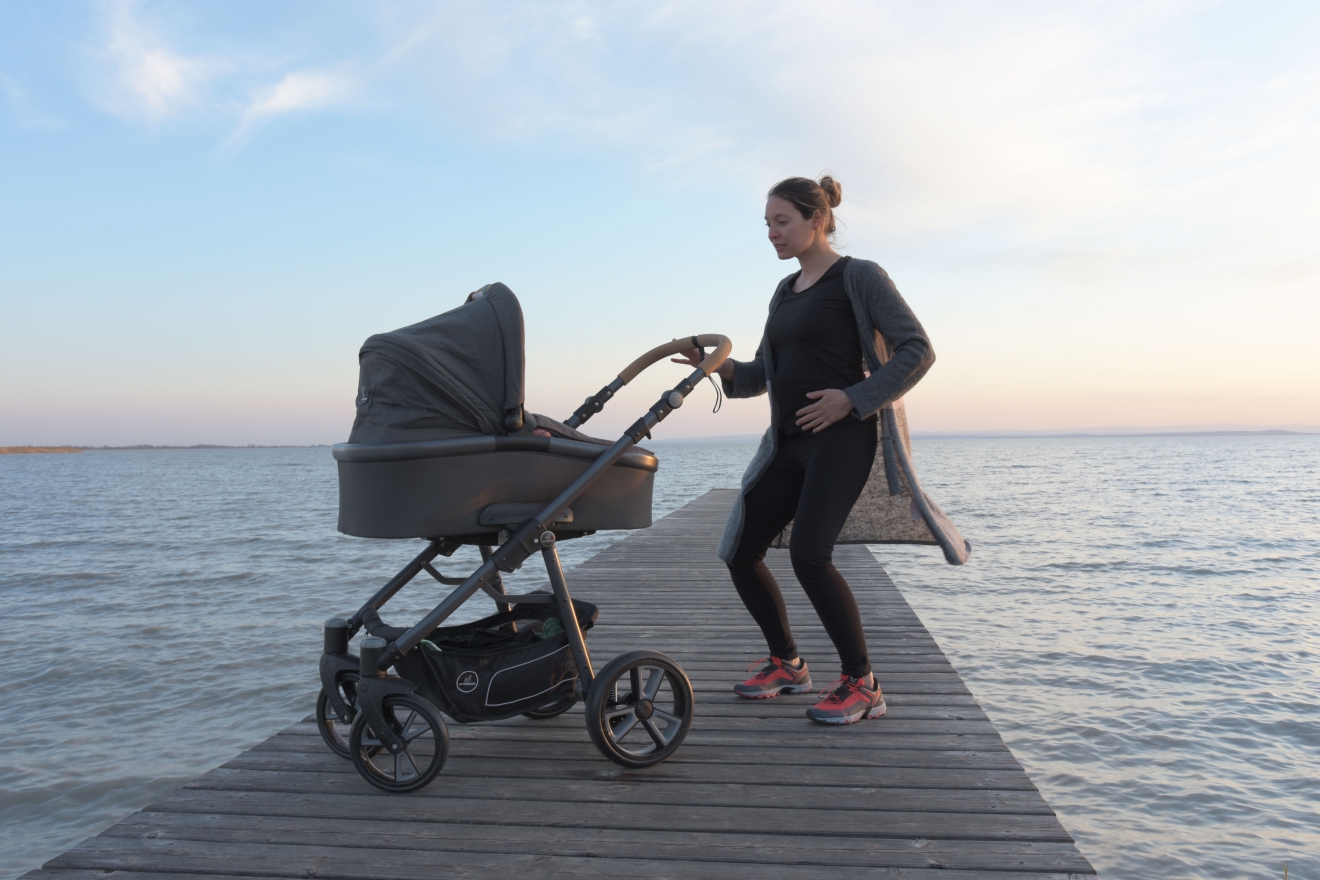
#3: Strengthen your legs
With this exercise you activate your pelvic floor, strengthen your legs and restore your basic stability.
- Stand upright, make sure you have a good stance
- With the “F” exhalation you lift the leg and bend it
- Variation 1: You lower the leg again in the same breath, inhaling while standing safely before you repeat the exercise.
- Variation 2: Keep the leg bent during the next inhalation, with the “F” exhalation you put the leg down again.
- Repeat this exercise 10 times per side
- TIP: This exercise is used in everyday life when climbing stairs. Make sure to activate your pelvic floor the next time you go up or down the stairs.
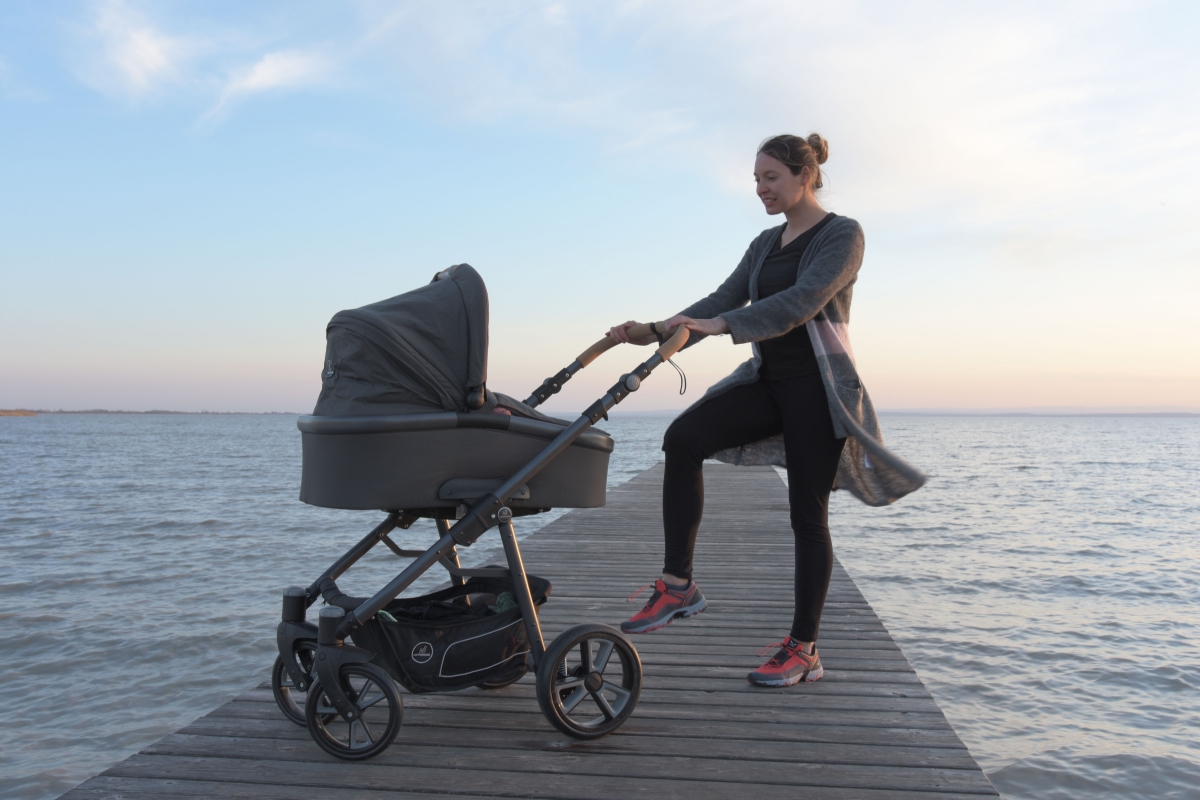
____
About the author:
Tanja Fussthaler works as a midwife in the clinical and non-clinical field. She primarily cares for women in Burgenland, where she also offers postnatal courses. Thanks to her knowledge of sign language, she also cares for deaf women in Vienna and Lower Austria.
In order to offer midwifery services to women across the board, Tanja co-founded the online midwifery advice service in 2018: www.online-hebamme.com




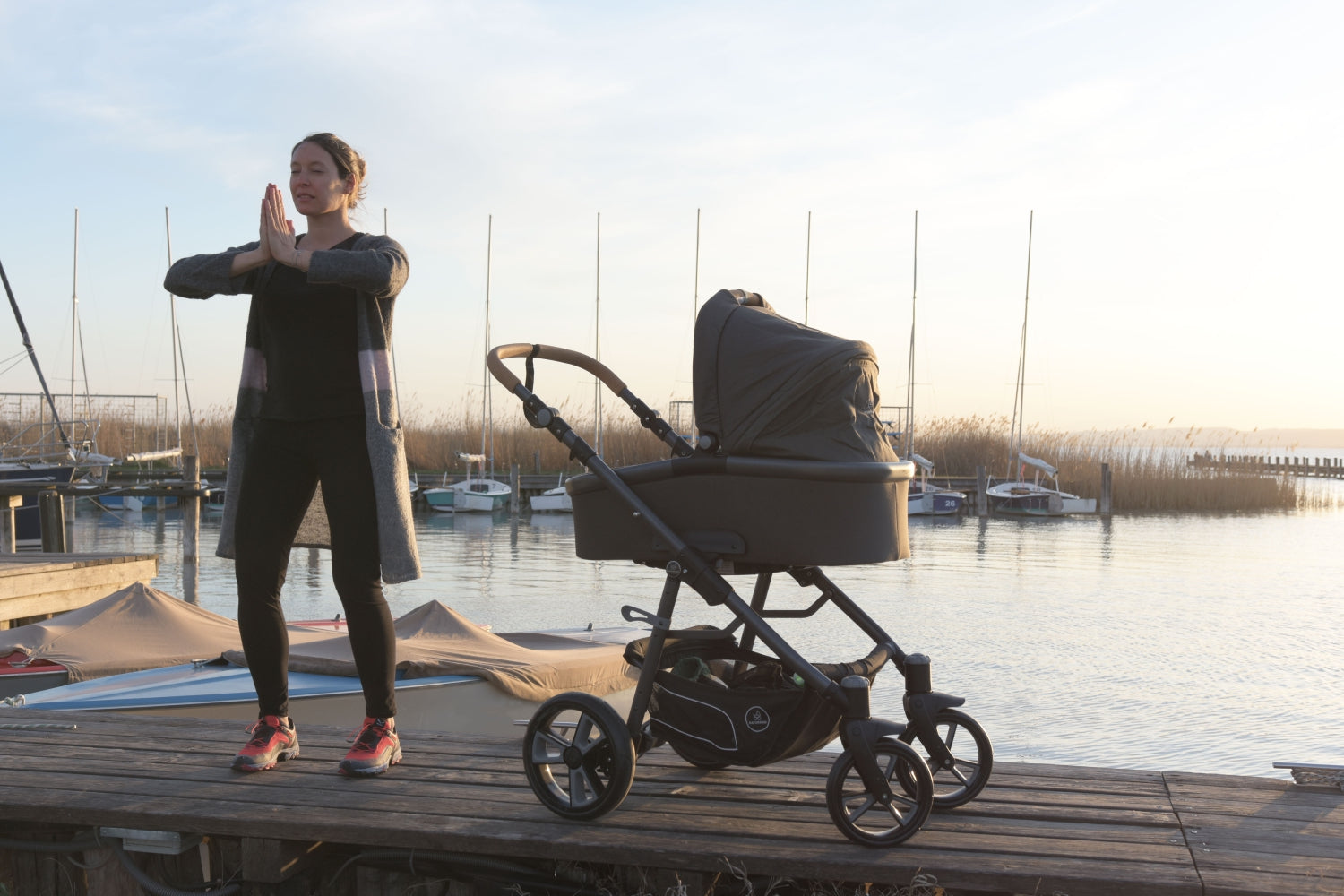
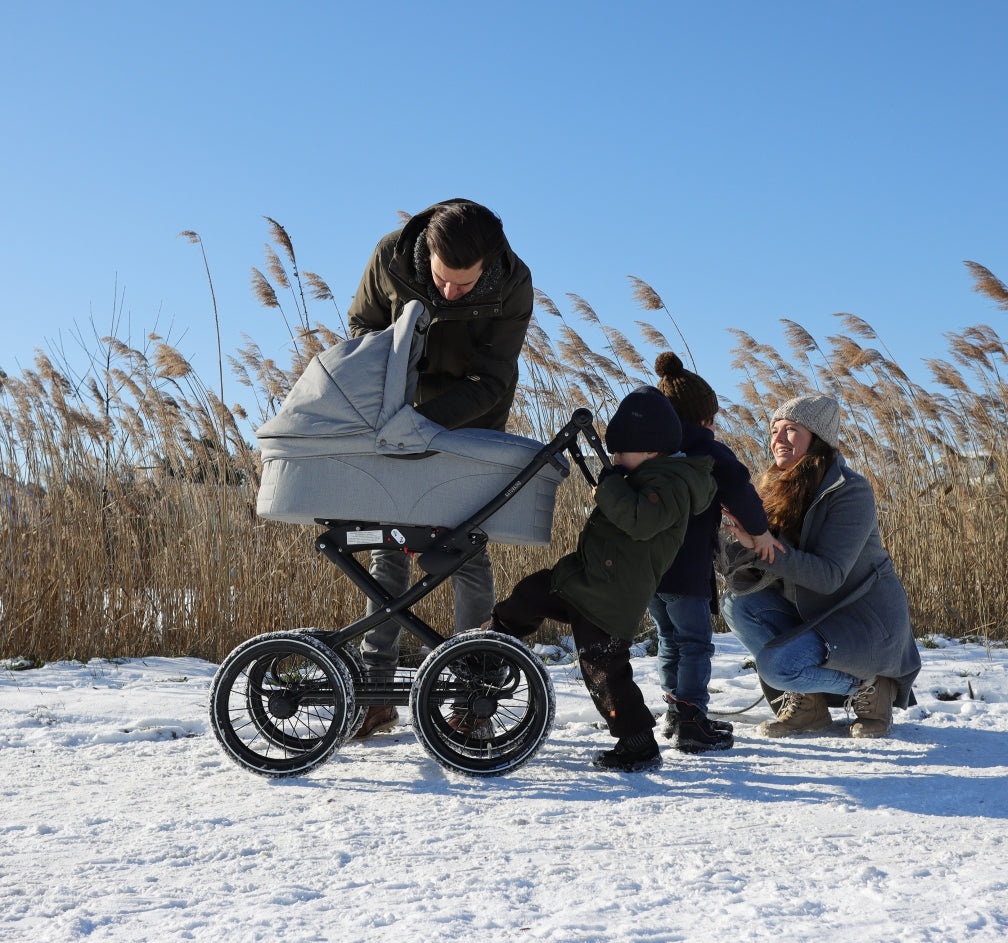

Leave a comment
All comments are moderated before being published.
This site is protected by hCaptcha and the hCaptcha Privacy Policy and Terms of Service apply.